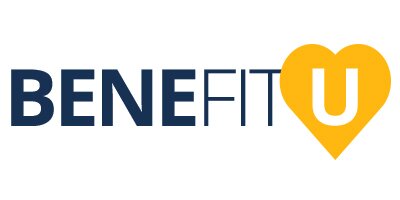This real life tsunami is really a metaphor for what occurs beneath the "sight line" of our health plans everyday. It's also why pouring through outdated historical experience to project future costs is as outdated as the "old midpoint trend method we all learned in underwriting boot camp. To have a more accurate line of sight into your health plan, you will want to collect three primary components: 1) first is to leverage a firm that can gather your firm's claims in a longitudinal data analytics warehouse. This helps identify key drivers of health costs and gaps in care 2) second is to get a baseline of biometric measures on the greatest number of engaged participants. This helps identify certain health risks factors of an individual, and 3) the final ingredient comes about by gathering self-reported health assessment responses to gauge lifestyle related factors missed by the other two components.
When you have all three, Dee Edington's (PhD, Health Management Research Center, University of Michigan) research confirms an accuracy rating of between 70-85% predictability in identifying low, medium and high risk individuals three years before they manifest. Our firm utilizes the InfoLock system comprised of 1.3 million individual's claim records over a multi-year look back period that helps our health risk management and clinical staff identify cost drivers and gaps in care.
Once your HIPAA compliant business associates can identify these individuals, your organization can begin aligning the health of your people with the health of your business. Health management programs must be data-driven and evidence-based, otherwise you could find the waves crashing over your head with escalating trend.
If your interested in learning which health carriers our InfoLock system automatically interfaces with please submit your question through our "Contact" section to learn more.

